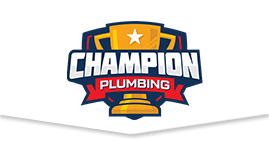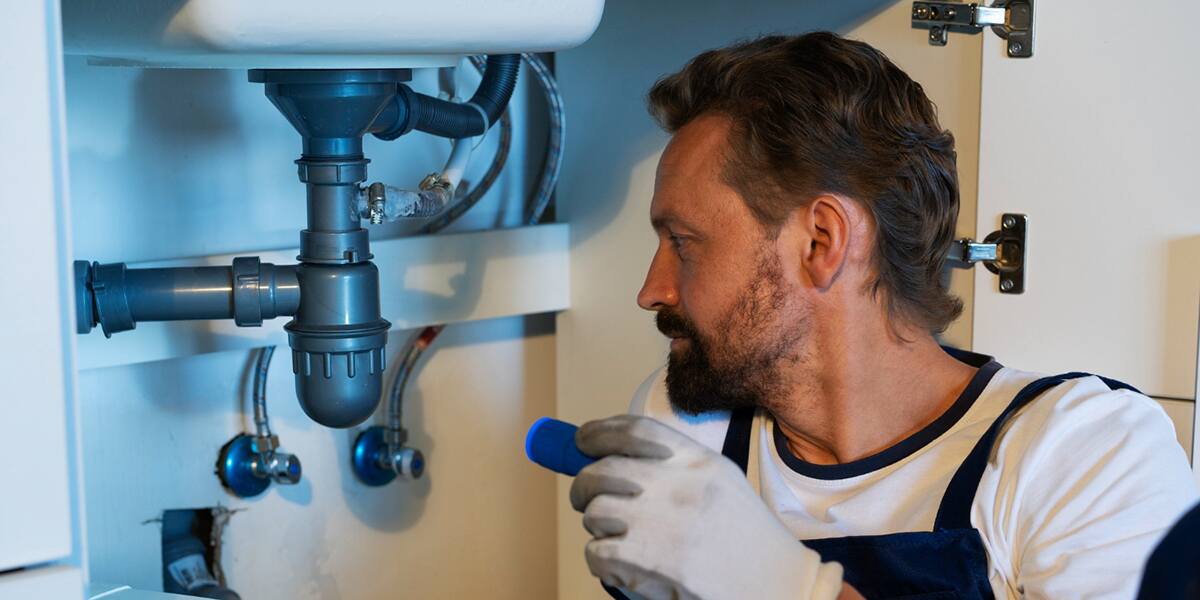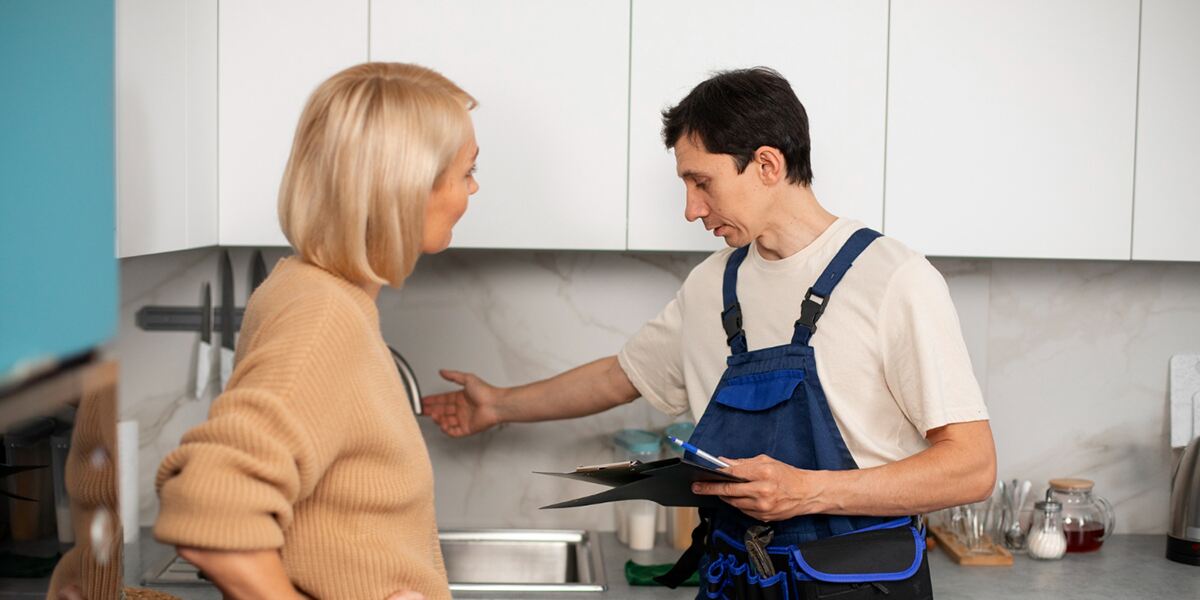Is it time for a new toilet installation? Call Champion Plumbing for the energy-efficient plumbing services you need.
You may not think about your toilet often, but old or leaky toilets can waste a lot of water. Making the switch to a low-flow toilet is a worthy investment that benefits you, your plumbing, and the environment.
You may wonder, what are low-flow toilets? Understanding how these appliances work can help you choose the best system for your home.
The experts at Champion Plumbing can answer any questions you may have and offer the best services for the city of Edmond’s toilet repair and installation needs.
What Is a Low-Flow Toilet?
A low-flow toilet is a toilet that requires less water to function. These systems offer efficient and environmentally friendly options for anyone looking to reduce their water waste or save on utilities. Low-flow toilet bowls fill with less water and distribute smaller amounts of water with each flush cycle to produce less waste.
Older homes, such as those built before 1980, may have outdated toilets that use seven gallons of water per flush. Even homes with systems from before 1994 may have systems that use 3.5 gallons per flush. A low-flow toilet uses less than two gallons per flush, making them much more efficient when it comes to saving water.
Benefits of Low-Flow Toilets
Having a low-flow toilet in your home, along with other water conservation methods, offers many advantages. Consider the following benefits to learn how a low-flow toilet could benefit you:
- Reduced water waste: Low-flow toilets can save over half the water typically used in a bathroom. The decrease in water usage produces less waste and conserves resources.
- Lower water costs: Using less water means you also pay for less water. On average, the EPA estimates that you can save $110 per year by switching from a toilet that uses 3.5 gallons per flush to a low-flow option that uses 1.6 gallons or less.
- Efficiency incentives: In an effort to promote environmental efforts, many cities offer incentives for switching to low-flow toilets. You can check with your state and municipality about monetary incentives for installing a low-flow system.
Types of Low-Flow Toilets
Low-flow toilets come in several types with different features. The most common types of low-flow toilets include:
- High-efficiency toilets: A high-efficiency toilet uses less than 1.28 gallons of water per flush. These appliances offer the highest level of water savings, with about 20% greater efficiency compared to other low-flush or ultra-low-flush systems.
- Dual-flush toilets: A dual-flush toilet has two different settings that can change the amount of water the toilet uses depending on the waste in the bowl. These systems allow the user to select an option to flush either solid or liquid waste, with the solid option using 1.6 gallons and the liquid using only .6 gallons per flush.
- Single-flush toilets: A single-flush low-flow toilet offers the most basic and affordable option for anyone looking to change to a more efficient system. These products use only 1.6 gallons per flush, which still reduces the average water waste from older toilets by more than half.
- Pressure-assisted toilets: Pressure-assisted toilets use a sealed tank that pressurizes the water inside. The higher water pressure allows these systems to clear waste with only 1.2 gallons per flush.
Finding the Best Low-Flow Toilets for You
Now you know the answer to the question, “What are low-flow toilets?” how do you pick the best one for you? Low-flow toilets don’t always offer a one-size-fits-all option. You can choose the right one for your home by considering a few key factors:
- Noise: Some low-flow toilets produce more noise than others, depending on their internal components and functions. Pressurized systems can cause more of a disturbance as the tank produces some noise from the tank. If you want a quieter toilet, choose a single-flush toilet.
- Usage: Each toilet performs differently, and some can remove waste better than others. Consider how often you use the toilet and how effectively your chosen system can flush away its contents.
- Design: The shape of the bowl can influence the efficiency of its flush. Round bowls flush more effectively than elongated designs because of their smaller shape.
- Existing plumbing: The existing systems in your home may limit your options for low-flow models that can integrate with your plumbing. Low-flow toilets may require a specific type of drain underneath the toilet, and pressurized tanks often require other high-pressure systems.
Can I Make My Old Toilet More Efficient?
Retrofitting and tweaking your current toilet can help you decrease your water usage without the costs of a complete replacement. Depending on your needs and the current system, the following tools can make your toilet more water efficient:
- Displacement devices: A displacement device, typically a bag with bricks or a weighted plastic bottle, displaces the water in the tank. This reduces the amount of water needed to fill the tank and decreases the total amount of water the toilet uses.
- Displacement dams: A displacement dam is a set of plastic wedges placed on both sides of the flush valve to reduce the amount of water each flush uses.
- Early-close flappers: An early-close flapper stops the flow of water to the bowl before the tank empties completely. You can adjust these flappers to get an effective yet efficient flush.
Call Champion Plumbing for Low-Flow Toilet Installation and Repairs
Switching to a low-flow toilet can make a huge impact on your water usage, cost, and waste. If you want to upgrade to this type of appliance, you can enjoy savings, efficiency, and environmental benefits.
Our team of experts at Champion Plumbing can handle everything from the installation of your new low-flow toilet to emergency services for overflowing toilets and more. Ask our staff, “What are low-flow toilets?” and any other questions you may have to get the best system for your home with friendly and quality services.
Contact our staff of friendly technicians at Champion Plumbing by calling 405-889-1318 to learn more and schedule your toilet installation or repairs today.






